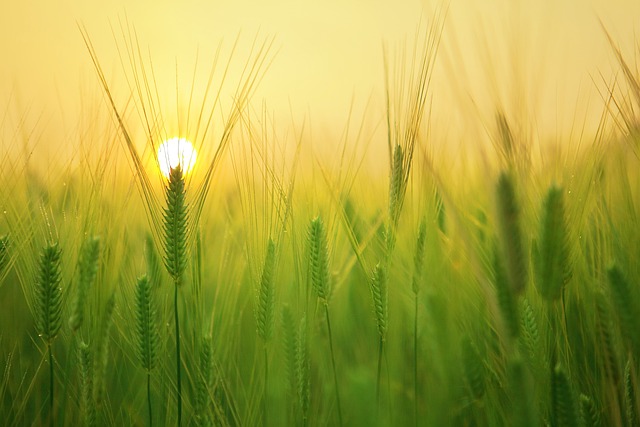Desertification, a term that evokes images of barren landscapes and parched earth, continues to threaten ecosystems and the livelihoods of millions around the globe. In the face of climate change, finding sustainable methods to restore and revive arid lands is more critical than ever. One solution gaining traction is mulch tillage, a practice that not only combats the encroachment of deserts but also rejuvenates the soil.
The significance of mulch tillage stems from its dual ability to nurture the environment while acting as a crucial tool against climate change. By applying organic materials like straw, leaves, or wood chips to the soil, we create a protective layer that increases moisture retention, reduces soil erosion, and suppresses weed growth. This simple yet effective method allows the earth to breathe and promotes biodiversity—qualities that desertified regions desperately need.
As we grapple with the impacts of rising temperatures and erratic weather patterns, the health of our soil becomes paramount. Climate change unleashes a barrage of challenges, including prolonged droughts and severe rainfall, leading to land degradation. Here, mulch tillage shines as a beacon of hope. By encouraging a more resilient microbial ecosystem, this practice enhances the soil’s ability to store carbon, effectively making it a vital player in the global fight against rising greenhouse gas emissions.
Furthermore, mulch tillage aligns well with the principles of regenerative agriculture, fostering a more symbiotic relationship between land and farmer. Farmers implementing this technique report not only healthier crops but also improved soil health over time. This results in sustainable food systems that can support communities, even in the harshest of climates. The importance of integrating such practices into mainstream agriculture cannot be understated, especially as we seek to reclaim lands that have long been lost to desertification.
Moreover, the act of participating in mulch tillage extends beyond ecological benefits; it also cultivates a sense of community and cooperation among those committed to environmental stewardship. Sharing knowledge and techniques encourages a collective effort to combat climate change, encouraging grassroots movements that inspire change at local and global levels. Together, individuals can contribute to healing the land, empowering communities to rise above the challenges posed by a changing climate.
In this age of awareness about our planet’s fragility, the adoption of methods like mulch tillage offers a tangible way for individuals and communities to make a significant impact. While the challenge of desertification might feel overwhelming, each step taken towards sustainable land practices can evoke hope for future generations. Through a concerted effort to revive our arid lands, we’re not just fighting against climate change; we’re planting the seeds for a more sustainable and equitable world.


